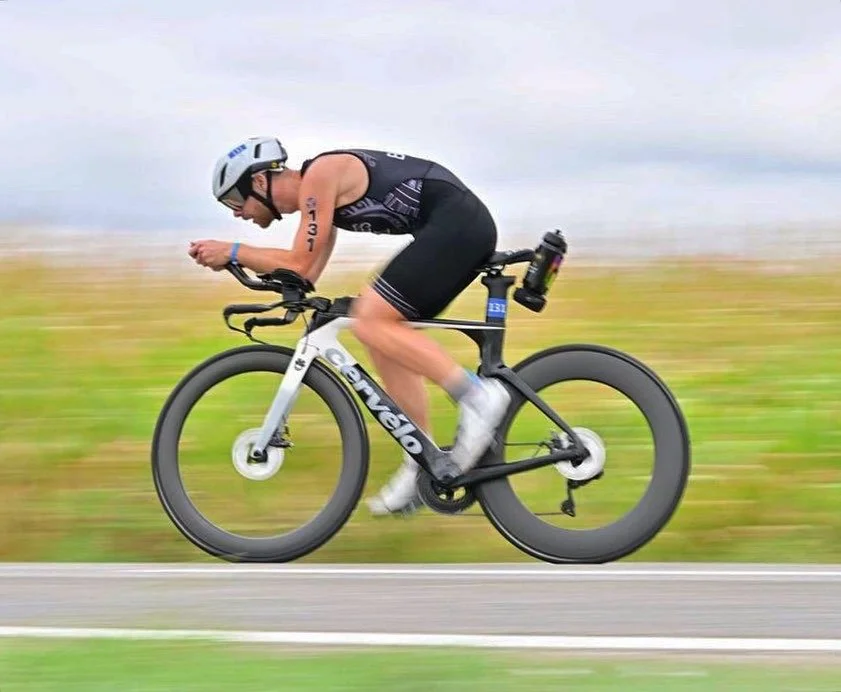Understanding Cycling Power, FTP, and Thresholds
What They Are, Why They Matter, and How to Use Them in Training
When it comes to getting stronger on the bike, understanding your cycling power and thresholds is a game-changer. These metrics take the guesswork out of training, giving you a clear picture of your fitness and helping you train at the right intensity for maximum gains.
Whether you're new to structured training or already chasing wattage goals, here’s a breakdown of what it all means and how to use it.
What is Cycling Power?
Cycling power is the amount of work you're doing on the bike, measured in watts. Unlike speed or heart rate, which can be affected by wind, hills, or caffeine, power gives you a direct measurement of your effort.
Think of it like this:
More watts = more work
Consistent watts = smart pacing
Targeted watts = effective training
You’ll need a power meter or a smart trainer with power measurement to track it but once you have that, you’ve got one of the most useful training tools in endurance sport.
What is FTP?
FTP stands for Functional Threshold Power. It’s the maximum power you can sustain for an hour. Think of it as your cycling "red line." Go above it, and fatigue builds quickly. Stay just below it, and you can ride hard for a long time.
FTP is a cornerstone metric in cycling and triathlon training because it allows you to set training zones which help you target specific physiological adaptations (more on that below).
Most athletes determine FTP using shorter tests, like:
🕒 20-minute FTP test (multiply average power by 0.95)
🔁 Ramp test (gradually increases resistance until failure; used by apps like Zwift or TrainerRoad)
⏱️ hour steady-state test (closer to true FTP but mentally and physically tougher)
Why FTP and Thresholds Matter
Knowing your FTP allows you to:
✅ Set accurate training zones
✅ Track your progress over time
✅ Pace races and workouts smartly
✅ Avoid overtraining or undertraining
In other words: it helps you train smarter, not just harder.
Power Zones Explained
Once you’ve got your FTP, you can train in power zones, each targeting a different system. Here's a quick overview (based on common 7-zone models):
For triathletes, Zones 2–4 are particularly important. Building aerobic endurance and boosting threshold power helps you race faster without blowing up.
Thresholds Beyond FTP
While FTP is a central threshold, there are others worth knowing:
Aerobic Threshold (AeT): The point where your body shifts from burning mostly fat to more carbs. It’s usually in Zone 2 and is key for long-distance efficiency.
Lactate Threshold (LT2): Similar to FTP and where lactate starts accumulating rapidly. Training near this point improves your ability to ride hard for longer.
Maximal Aerobic Power (MAP): The highest power output you can maintain while using oxygen efficiently and typically reached during VO2 max intervals.
Understanding these thresholds can help fine-tune your training even more, especially in race-specific build phases.
Practical Takeaways for Triathletes
Test Regularly: Your FTP will change with training. Re-test every 6–8 weeks to keep your zones accurate.
Train Specifically: Endurance rides, tempo intervals, and threshold efforts should all have their place depending on your race distance.
Race Smarter: Use power to pace your bike leg especially in 70.3 and Ironman distances where blowing up early can ruin your run.
Want Help Dialing In Your Power Training?
At Hive Endurance, we use FTP and power-based metrics to build smart, progressive training plans tailored to your goals. Whether you're chasing a new bike split or want to understand your data better, we’re here to guide you through it.

